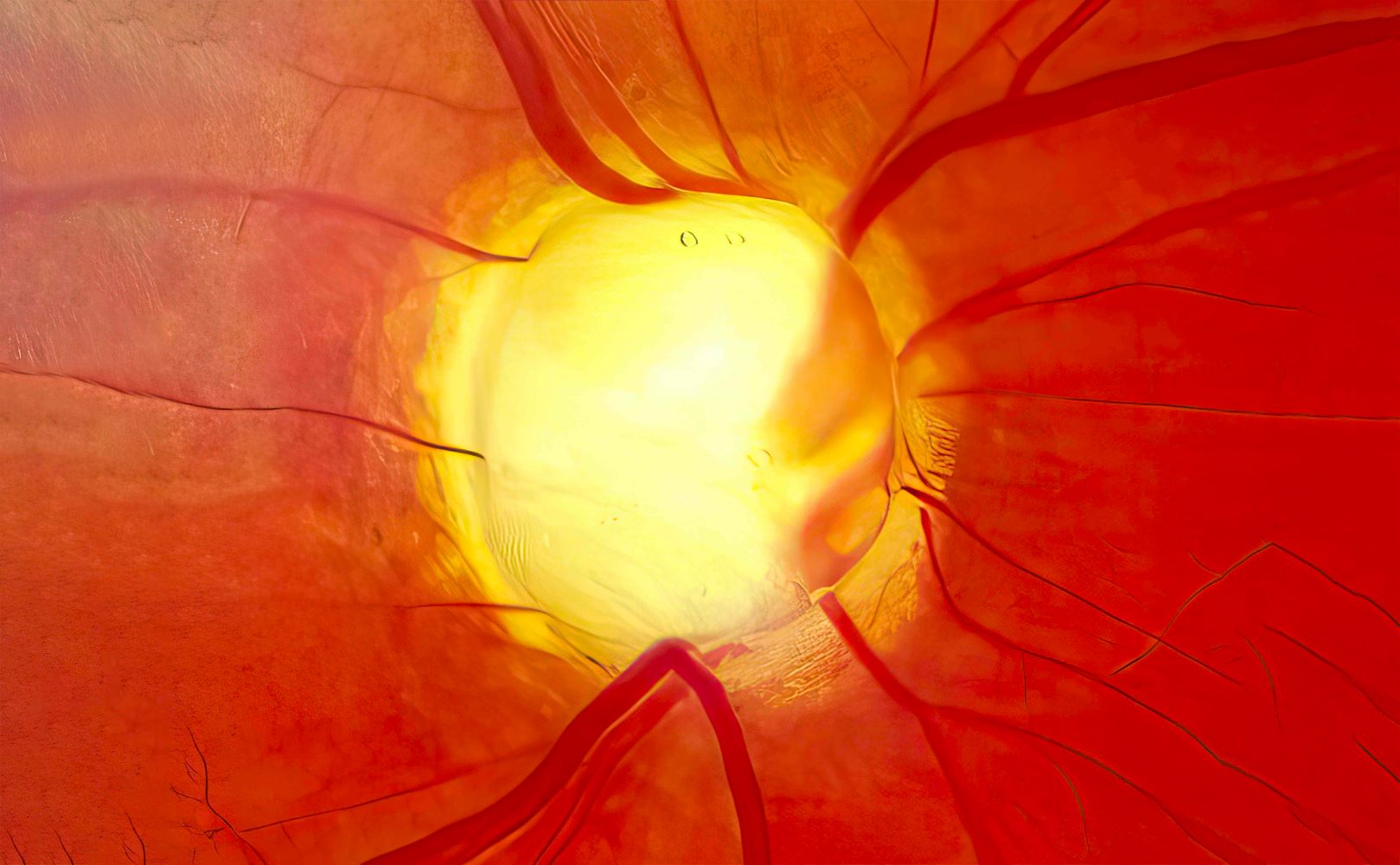
Glaucoma
Authoritative medical articles, news, research, and guidelines pertaining to Glaucoma.
RELEVANT ARTICLES IN Glaucoma
UV light-mediated corneal crosslinking as (lymph)angioregressive pretreatment to promote graft survival after subsequent high-risk corneal transplantation (CrossCornealVision): protocol for a multicenter, randomized controlled trial.
Medical Fiction: The Adventures of J4K, The Surgical Robot
In a hospital basement, surgical robot J4K is awakened when lightning disrupts its update. It then embarks on a mission, searching for patients in need....
Liability Issues in Limited Examinations
Even though physicians who conduct limited examinations may only be brought in for their expertise, they retain liability for malpractice or personal injury. ...
How Physicians Can Successfully Find a Financial Advisor
The right financial advisor can help physicians by answering questions including which accounts are the right fit or what insurance is appropriate....
PW PODCAST

What & Why You Need to Know About Value-Based Care
Apr 10, 2024
Physician Liability & AI, the Checkmate 67T Trial
Mar 27, 2024MORE STORIES IN Glaucoma
PW PODCAST

What & Why You Need to Know About Value-Based Care
Apr 10, 2024
Physician Liability & AI, the Checkmate 67T Trial
Mar 27, 2024Stay connected to the latest news with Physician’s Weekly
Insights from the leaders in medical research, trending topics in clinical medicine, and perspectives from your colleagues.
Subscribe to our free Newsletters to receive weekly emails, and even get a laugh or two from our medical cartoons.






